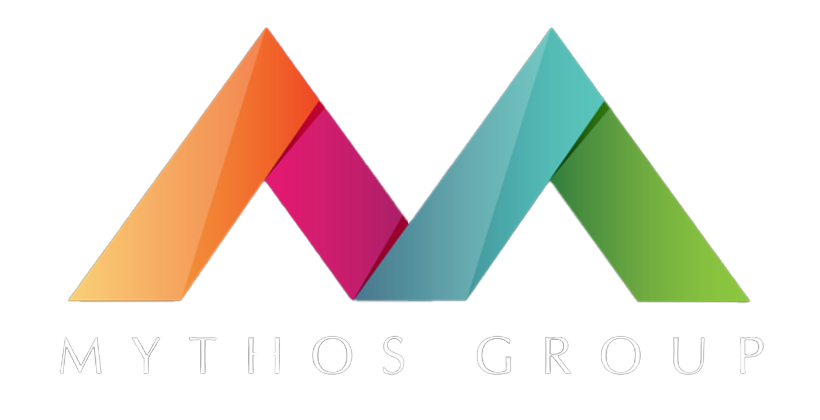3 Ways To Incentivize A Strong Leadership Culture
Whether you’re in sales, marketing, product development, or somewhere in between, compensation is often based on numeric metrics that directly contribute to the company’s bottom line. This could mean bringing in a certain amount of revenue or hitting a cost savings target.
When employees or team leaders meet these goals, they’re often rewarded with commission, bonuses, or promotions. This approach to compensation makes an employee’s work almost transactional, discrediting the benefits of having the employee motivated by other critical factors like company culture and their own sense of purpose. It also awards favor to those who meet financial targets without accounting for how they achieved them.
As Simon Sinek, a bestselling author on business leadership, once said: “When people are financially invested, they want a return. When people are emotionally invested, they want to contribute.”
In this article, we cover:
- The challenges of relying on numbers-only performance metrics
- How compensation structure goes hand in hand with workplace culture
- Some compensation frameworks modeled by top companies that you can replicate to incentivize a strong leadership culture.
What’s Wrong With Compensating Leaders Based On Financial Results?
There’s nothing inherently wrong about using financial metrics to measure employee performance. After all, revenue is the heartbeat of every business. The problem comes when that’s the only method used to determine bonuses and promotions.
If you compensate leaders solely on financial impact and numerical performance, you likely have a very competitive culture. While some competition is good and can drive higher-quality outcomes, it can also have you overlooking the soft skills that foster a culture where people want to work.
Research shows that more than 78% of employees think it’s beneficial to have office rivalries. But, more than 30% of those who experience them view it as unhealthy competition motivated by toxic self-interest. Examples of unhealthy rivalries include taking credit for work that isn’t your own, avoiding discussions about work because you’re afraid someone may steal your ideas, or taking on extra projects to try to impress your boss.
These statistics indicate that a healthy balance needs to be met for rivalries to be effective motivation.
How Does Compensation Structure Impact Culture?
Since people are the core of every company, it’s critical to maintain a positive culture. If you don’t have happy employees, you won’t have happy customers.
Your company’s compensation structure speaks volumes about its values. If a company is consistently promoting top salesmen even though they create an environment of negativity, it insinuates that the company cares more about profits than its people. Conversely, if you don’t reward a beloved manager who doesn’t hit top performance metrics but does an excellent job motivating their team to achieve better results, you’re not showing that you place much value in effective leadership.
Setting a compensation structure that measures an employee’s performance holistically shows that your company believes in its people. And when a company believes in its people, its people believe in its mission.
Maintaining a positive workplace culture is especially crucial for attracting today’s incoming workforce. More than 95% of Gen Z employees agree it’s important for them to feel valued and empowered at work. This suggests that simply hitting targets won’t fly anymore. If you don’t show value towards your employees, they’ll find an organization that does.
3 Ways To Incentivize Effective Leadership (With Examples)
As incentives for effective leadership have become a larger priority over the past decade, companies have developed creative performance review systems that emphasize numbers alongside each employee’s impact on their team and work environment. Here are a few examples to consider.
1. Netflix: 360 Feedback Reviews
It’s estimated that up to 90% of Fortune 500 companies use 360 reviews with their employees, including Netflix. In this review model, each employee receives anonymous feedback from managers, direct reports, and peers about their impact on the rest of the team. This could include their:
- Behaviors
- Skills
- Communication
- Interactions
- Leadership style
The idea of 360 reviews is to help each individual see what their teammates are seeing so they can work on their strengths and weaknesses. Sometimes, for example, an employee may not be aware that the way they joke around with their peers is offensive. This gives the employee an unfiltered view of themselves that allows them to improve. After all, you can’t change if you don’t know what needs changing.
Netflix conducts annual 360 reviews each spring. To help guide feedback, it uses a template called “start, stop, continue.” This tool helps employees organize their thoughts by offering feedback on what a teammate should start doing, stop doing, and continue doing.
While the company holds compensation reviews separate from this process, Netflix insiders acknowledge that 360 reviews can impact an employee’s career and growth.
2. Adobe: Ongoing Check-Ins
In 2012, Adobe replaced annual performance reviews with a less-structured approach called Check-ins. This approach emphasizes ongoing communication and feedback between employees and their managers in a less formal way.
The company realized its previous performance review system left many employees feeling frustrated and undervalued as they were ranked against their peers for compensation decisions. With its check-in system, Adobe makes compensation decisions based on ongoing conversations that enable supervisors to make informed, balanced decisions.
The company recently translated its check-in system to a digital format where employees can document goals, map career aspirations, and regularly discuss performance with their managers.
3. Deloitte: Performance Snapshots
Global consulting firm Deloitte made headlines in April 2015 when it unveiled its new performance management system. The company realized that its process for evaluating the work of its people and the ways it was subsequently training, promoting, and paying were increasingly out of step with its overarching objectives.
Deloitte’s vision for its new approach was to develop a process that was nimbler, more individualized, and that could be used in real time. Thus, it didn’t include standard metrics like cascading objectives, once-a-year reviews, or 360 interviews. Instead, Deloitte focused on three objectives:
- Recognizing performance through each individual’s contributions
- Seeing performance accurately and holistically without bias
- Fueling performance to help employees reach their performance potential
Instead of asking leaders what they think of their employees, the company asks leaders what they’d do with their employees. The system considers uncountable factors like the difficulty of the projects assigned and unassigned contributions to the organization. Performance data serves as the starting point for compensation—not the end result.
How To Get Started
One thing all of these approaches have in common is that they all started by soliciting feedback on current performance review systems across the entire organization. The best way to develop a roadmap toward a more effective and fairer system is to understand what your employees see as its strengths and weaknesses.
A few ways you can gather this feedback include:
- Hosting a company-wide town hall
- Opening a top-level leader’s inbox up to suggestions from individuals
- Starting front-line employee task forces to let your teams do the work and get excited about suggested changes
Cultivate Healthy Motivation With A Transformative Business Strategy
Change can be hard, or it can be transformative. Mythos Group has deep expertise in effectively redefining business processes from our work with hundreds of organizations like yours. Our clients range from some of the world’s most recognized brands to small, ambitious companies.
Contact us now to start creating a better place to work and grow.







